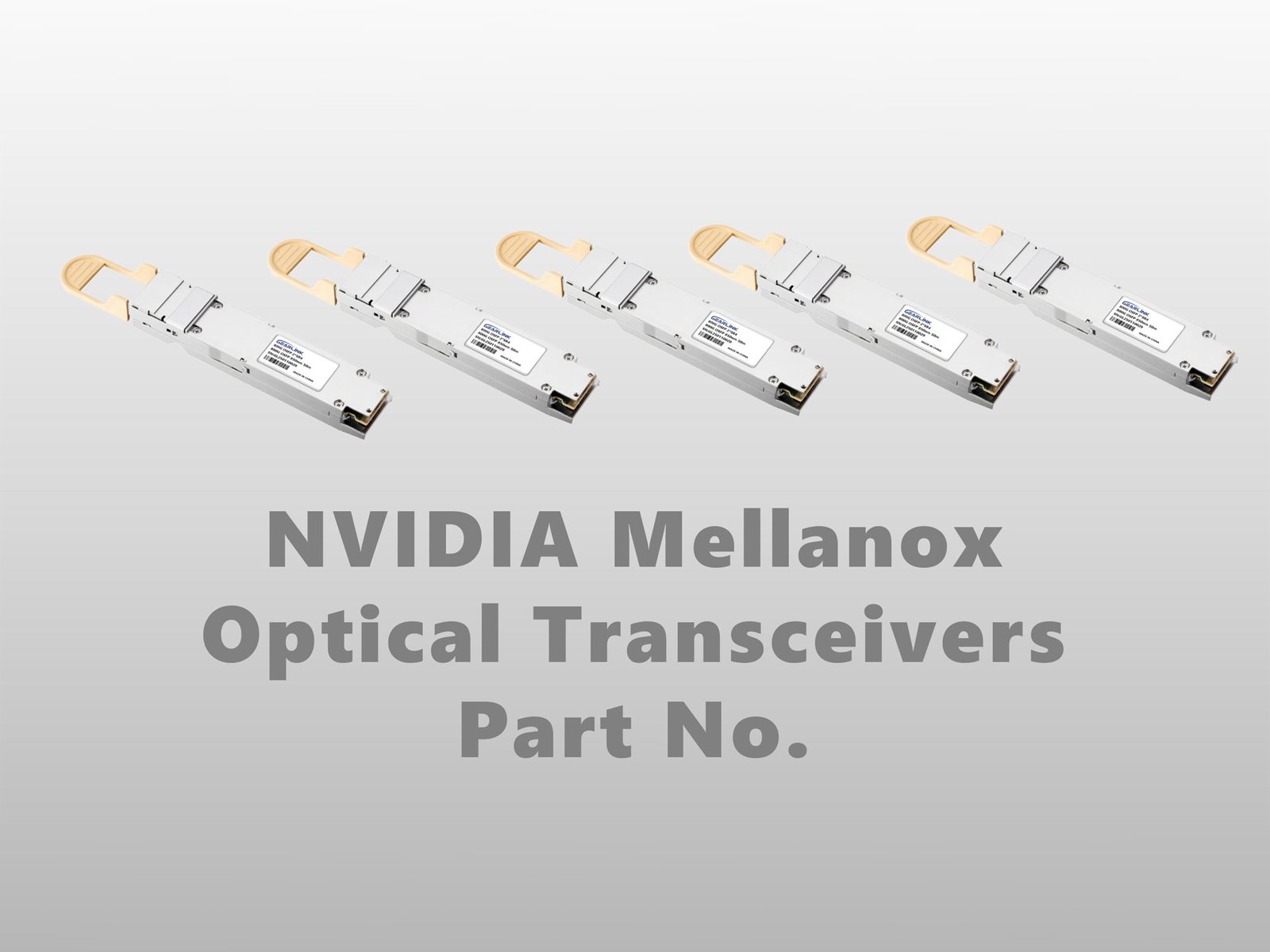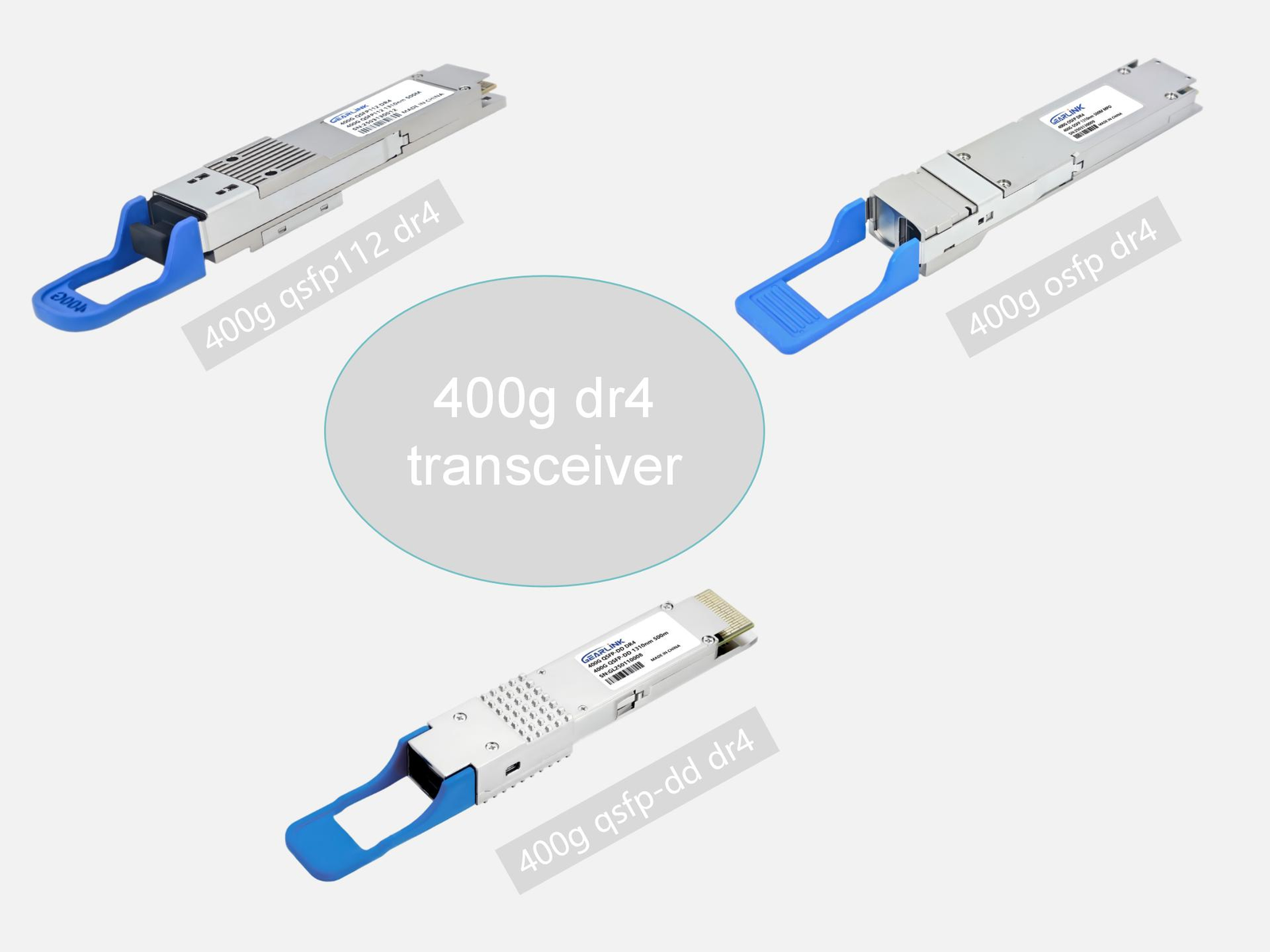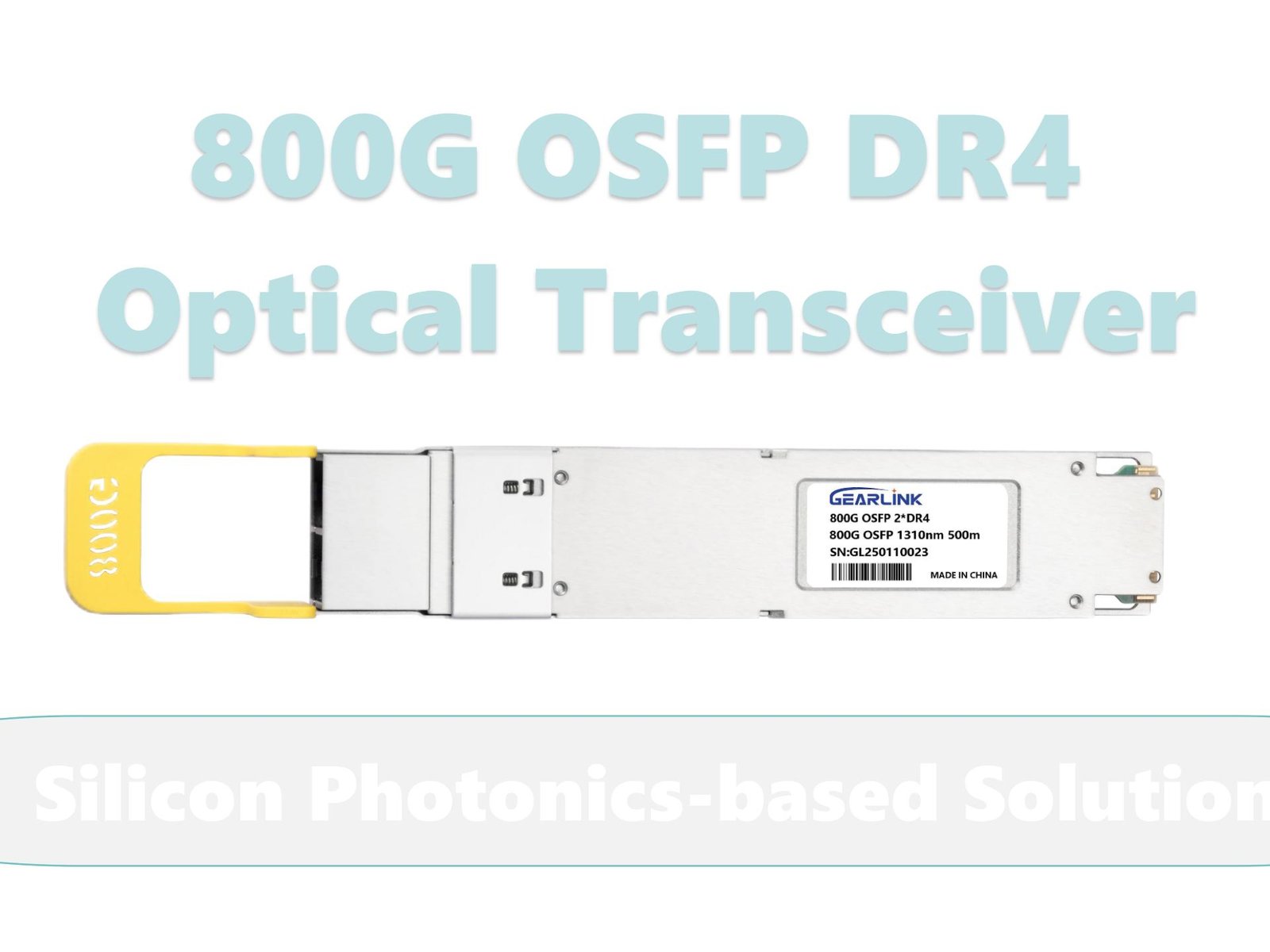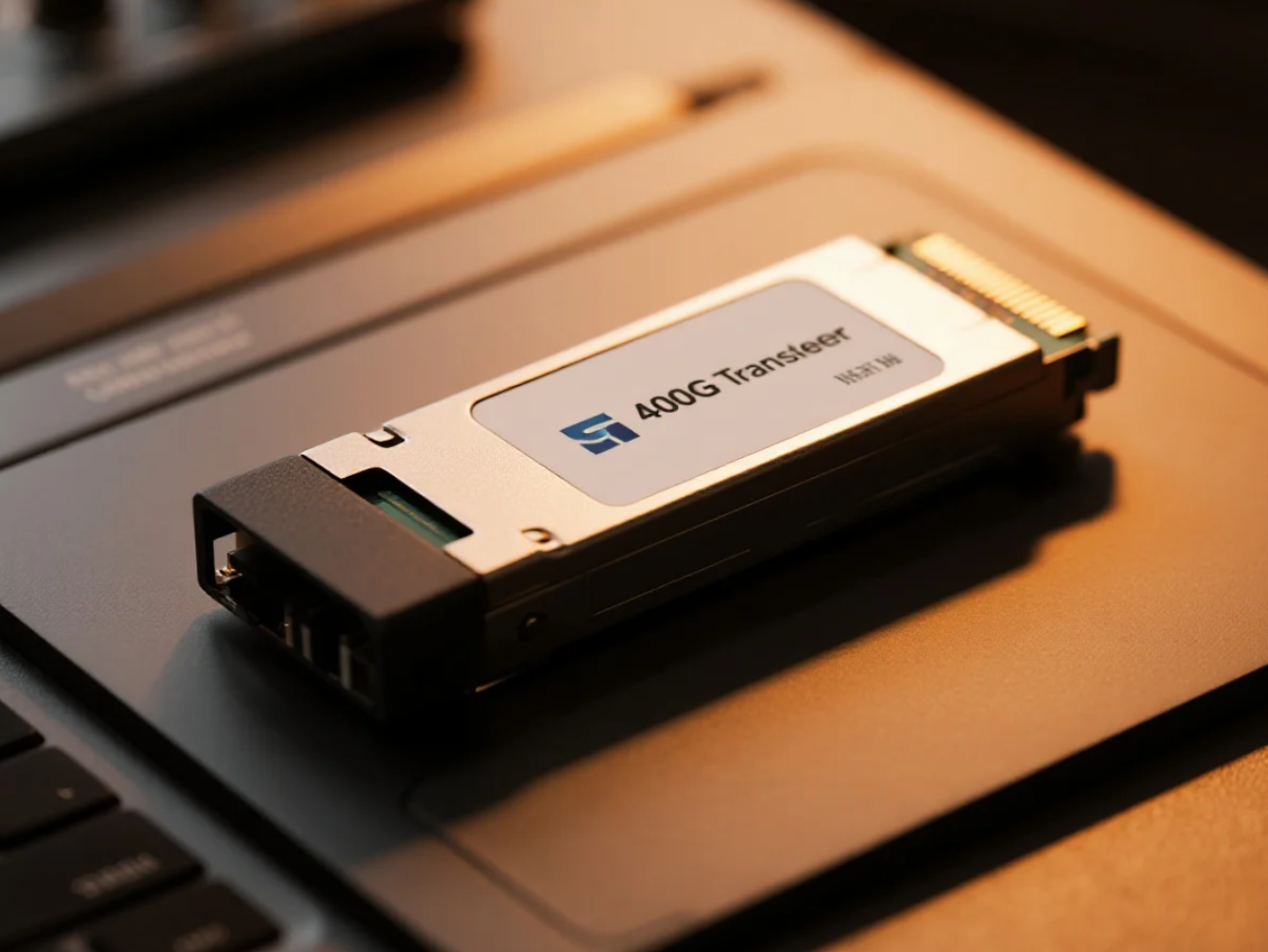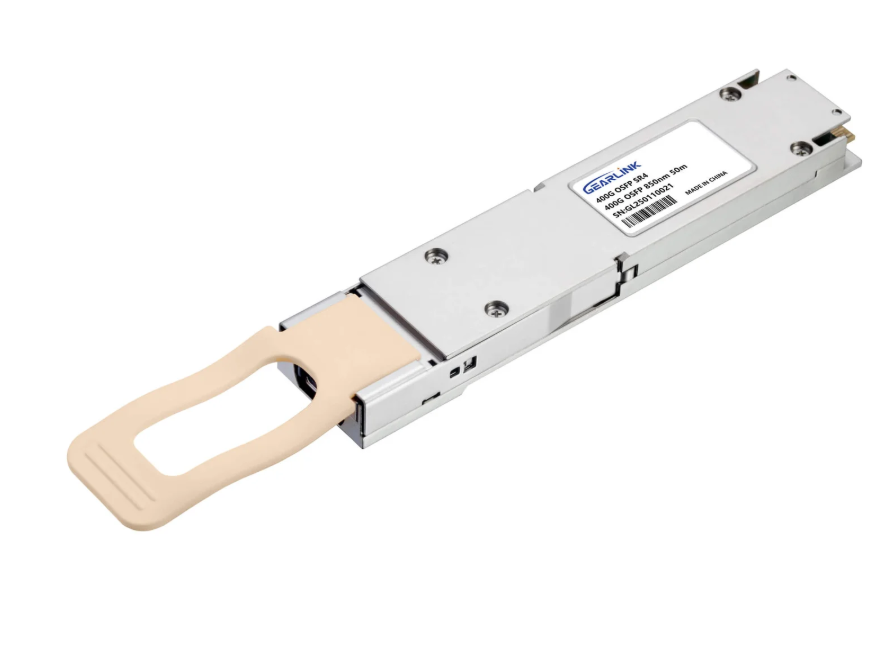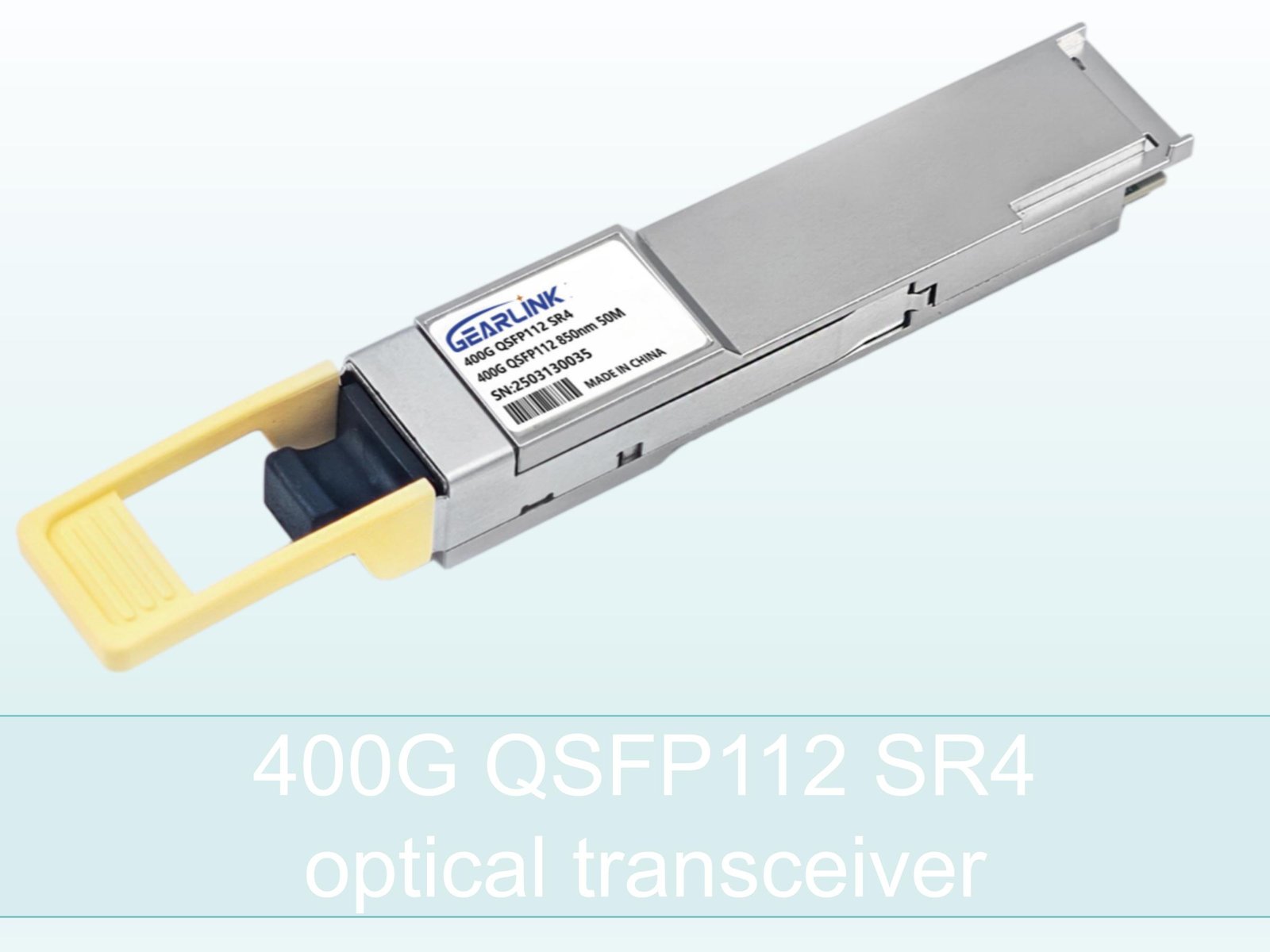Introduction: The Essential Role of High-Speed Interconnects in Modern Data Centers
The relentless expansion of cloud computing, artificial intelligence, and hyperscale data centers has placed unprecedented demands on network infrastructure. Data rates are skyrocketing, necessitating innovative solutions to maintain low latency, high bandwidth, and energy efficiency. Within this demanding environment, the interconnectivity layer is arguably the most critical bottleneck. It is here that the 400G QSFP-DD DAC (Quad Small Form-factor Pluggable Double Density Direct Attach Cable) emerges as a powerful, cost-effective, and highly reliable solution. Specifically designed to bridge short-reach connections—typically within or between adjacent racks—this technology is fundamentally transforming how optical module users achieve next-level performance and density, making it a cornerstone for achieving higher-speed switch and server links.
Understanding the Technology: Deconstructing the 400G QSFP-DD DAC
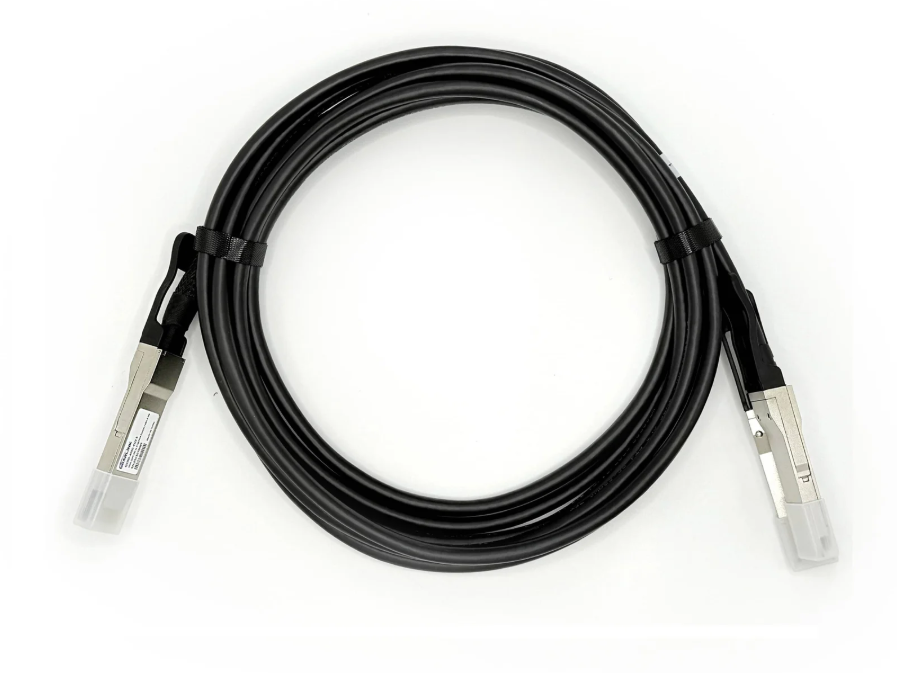
The 400G QSFP-DD DAC represents a significant evolutionary leap from its 100G and 200G predecessors, primarily defined by the integration of two key technological concepts: 400G speed and the QSFP-DD form factor. To begin with, the “400G” denotes a total aggregate bandwidth of 400 Gigabits per second, achieved through the use of eight electrical lanes, each operating at 50G (400G = 8 lanes $\times$ 50G/lane). This utilization of PAM4 (Pulse Amplitude Modulation 4-Level) signaling is what allows the doubling of data rate without a corresponding doubling of the physical wire speed, providing massive throughput within a confined space.
Furthermore, the “QSFP-DD” (Double Density) form factor is the physical innovation enabling this higher speed. This standard ingeniously doubles the number of high-speed electrical interfaces (from four to eight) accessible through the connector by adding a second row of contacts. Crucially, the QSFP-DD port maintains backward compatibility with older QSFP modules (like 100G QSFP28), offering valuable flexibility for phased network upgrades. The final component, the “DAC” (Direct Attach Cable), signifies that the transceiver module and the copper twinaxial cable are integrated as a single, passive assembly. This design eliminates the need for complex, active components over short distances, simplifying the network architecture considerably. The resulting product is an unpowered, high-throughput copper assembly that offers superior signal integrity over short links compared to discrete cabling and transceivers.
The Performance Imperative: How the 400G QSFP-DD DAC Boosts Data Center Efficiency
400G QSFP-DD to 2 x 200G QSFP56 Passive Direct Attach Copper Breakout Cable
High-performance 400G DAC cable, QSFP-DD to 2x200G QSFP56. Low-latency breakout DAC solution compatible with QDD-400-AOC1M and short-reach interconnects.
For network architects and optical module product users, the adoption of the 400G QSFP-DD DAC is not merely an option but a necessity driven by performance and financial metrics. The immediate benefit lies in its unparalleled ability to support high-density Top-of-Rack (ToR) and End-of-Row (EoR) switch-to-server or switch-to-switch interconnects. Because the DAC utilizes passive copper, the signal path is incredibly direct and clean, which translates directly into superior electrical performance.
Firstly, a significant performance boost is derived from Latency Reduction. Compared to active optical cables (AOCs) or traditional fiber systems, the passive nature of the DAC minimizes component count and complex signal conversion, resulting in nanosecond-level latency advantages. In performance-sensitive applications, such as high-frequency trading or HPC clusters, this marginal latency reduction is absolutely crucial. Secondly, the Power Efficiency of the 400G QSFP-DD DAC is a compelling advantage. Since the cable itself is passive and consumes virtually zero power, the overall power draw for the port is dramatically reduced compared to the several watts required by a 400G optical transceiver. This reduced power consumption per port contributes significantly to lowering the operational expenditure (OpEx) and thermal load across the entire data center, a critical factor in hyperscale deployments.
Finally, the inherent Cost-Effectiveness of copper over short distances makes the DAC a formidable economic choice. While fiber optics is indispensable for longer reaches, the raw material cost and manufacturing complexity of copper assemblies are significantly lower. Therefore, for the majority of links under three meters, choosing the 400G QSFP-DD DAC allows organizations to achieve massive scale at 400G speeds while maintaining a much more favorable budget per connection. These tangible, real-world benefits solidify its role as a key technology for maximizing data center performance and profitability.
Focus on Application: Driving Innovation in the Optical Module Ecosystem
In the optical module sector, the introduction of the 400G QSFP-DD DAC profoundly impacts product design and ecosystem strategy. It sets a new benchmark for short-reach connectivity, compelling manufacturers to innovate. For users of optical transceivers, the DAC offers a straightforward upgrade path. Data center operators can now transition their networking equipment to the 400G generation while still utilizing existing QSFP-DD ports for both optical (for longer reach) and copper (for short reach) solutions, a major plus for interoperability and inventory management.
Furthermore, the prevalence of the DAC drives standardization. Its adoption validates the QSFP-DD port as the dominant interface for high-density, high-speed applications, ensuring that future optical module products—from 400G to 800G and beyond—will continue to be designed with this form factor in mind. This standardisation is vital for maintaining a healthy, competitive supply chain and guaranteeing module compatibility across various vendors’ switches and routers. Consequently, the 400G QSFP-DD DAC is not just an interconnect; it is a catalyst for the broader optical networking industry, simplifying the complex process of scaling up data center bandwidth in an environmentally and economically sustainable manner.
Future Outlook: The Sustainable Scalability of Copper Interconnects
As the industry looks toward 800G and terabit-level networking, the foundational principles established by the 400G QSFP-DD DAC will continue to shape future development. While Active Electrical Cables (AECs) are emerging to extend the reach of copper, the passive DAC will maintain its niche as the gold standard for the shortest, most power-efficient links. This commitment to power savings and high density reflects a correct technological valuation: prioritizing low-carbon and scalable solutions. Ultimately, by offering a powerful, economical, and operationally simple path to 400G, this technology ensures that data centers can continue to grow and evolve responsibly, meeting the ever-increasing global demand for data with integrity and efficiency.
Frequently Asked Questions (FAQ)
Q1: What is the maximum distance for a passive 400G QSFP-DD DAC?
A: Typically, a passive 400G QSFP-DD DAC is reliable for distances up to 2.5 to 3 meters. Beyond this range, signal integrity begins to degrade, and active electrical cables (AECs) or active optical cables (AOCs) are recommended to maintain 400G performance.
Q2: Can I use a 100G QSFP28 module in a 400G QSFP-DD port?
A: Yes, one of the key advantages of the QSFP-DD form factor is its backward compatibility. The port is designed to accept and correctly operate lower-speed QSFP modules, such as the 100G QSFP28, offering flexibility during network transitions and upgrades.
Q3: Why is the 400G QSFP-DD DAC generally preferred over AOCs for very short links?
A: For links under 3 meters, the passive DAC is generally preferred due to its superior power efficiency (near zero consumption), lower cost, and simpler construction, which contributes to higher reliability and lower latency compared to the active components required by AOCs.

